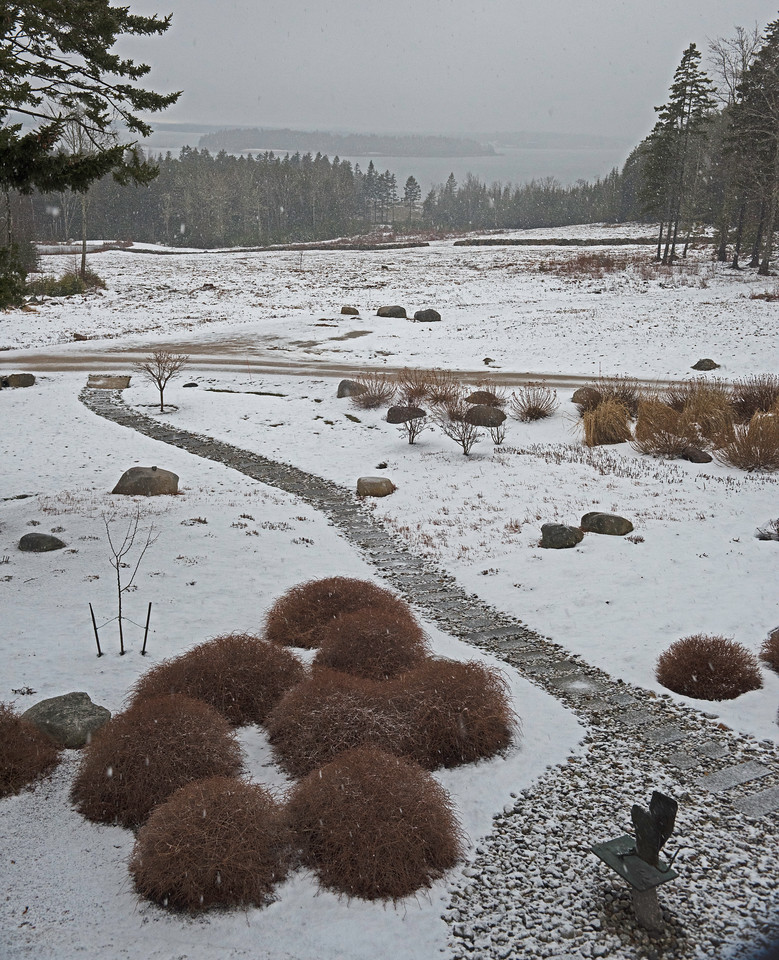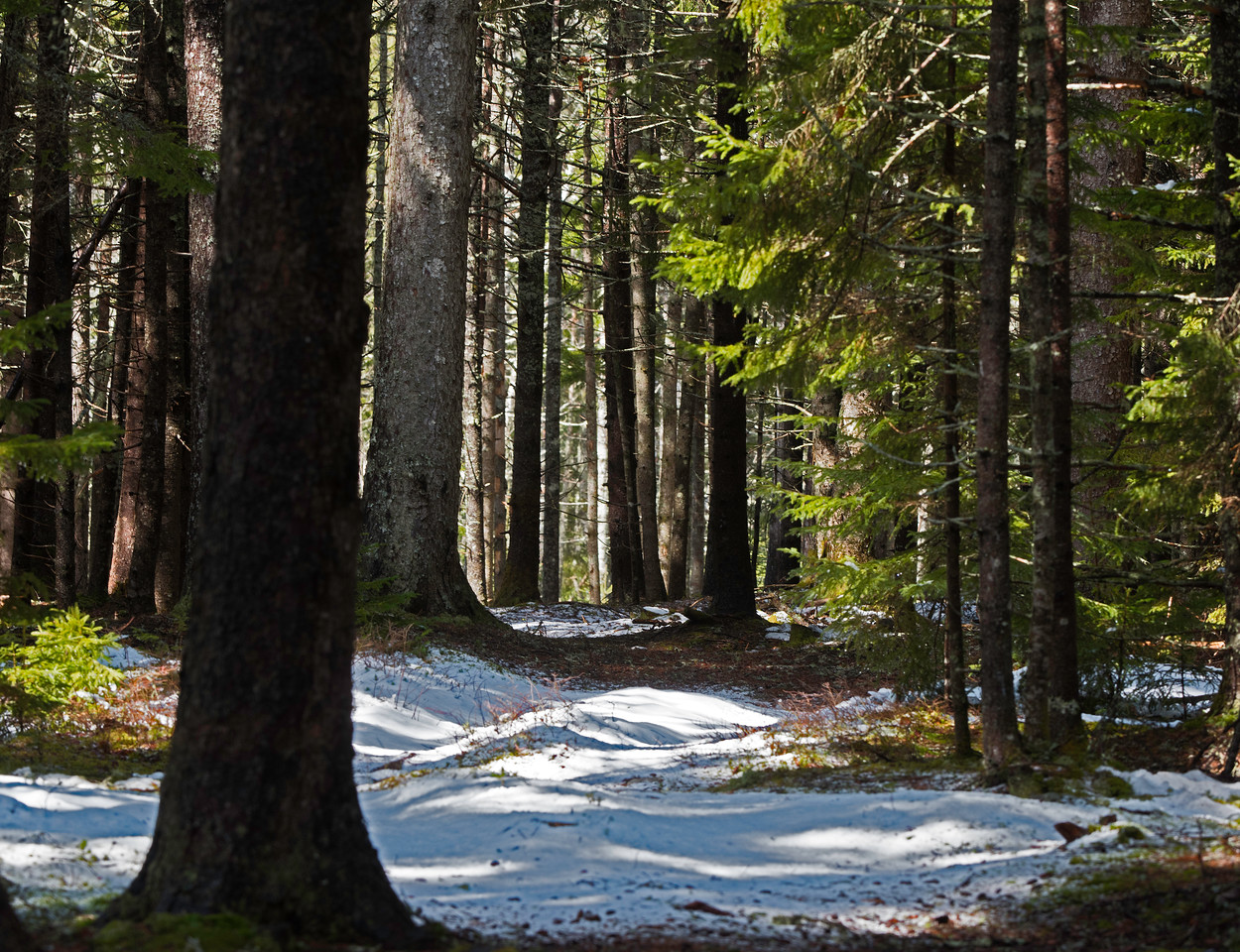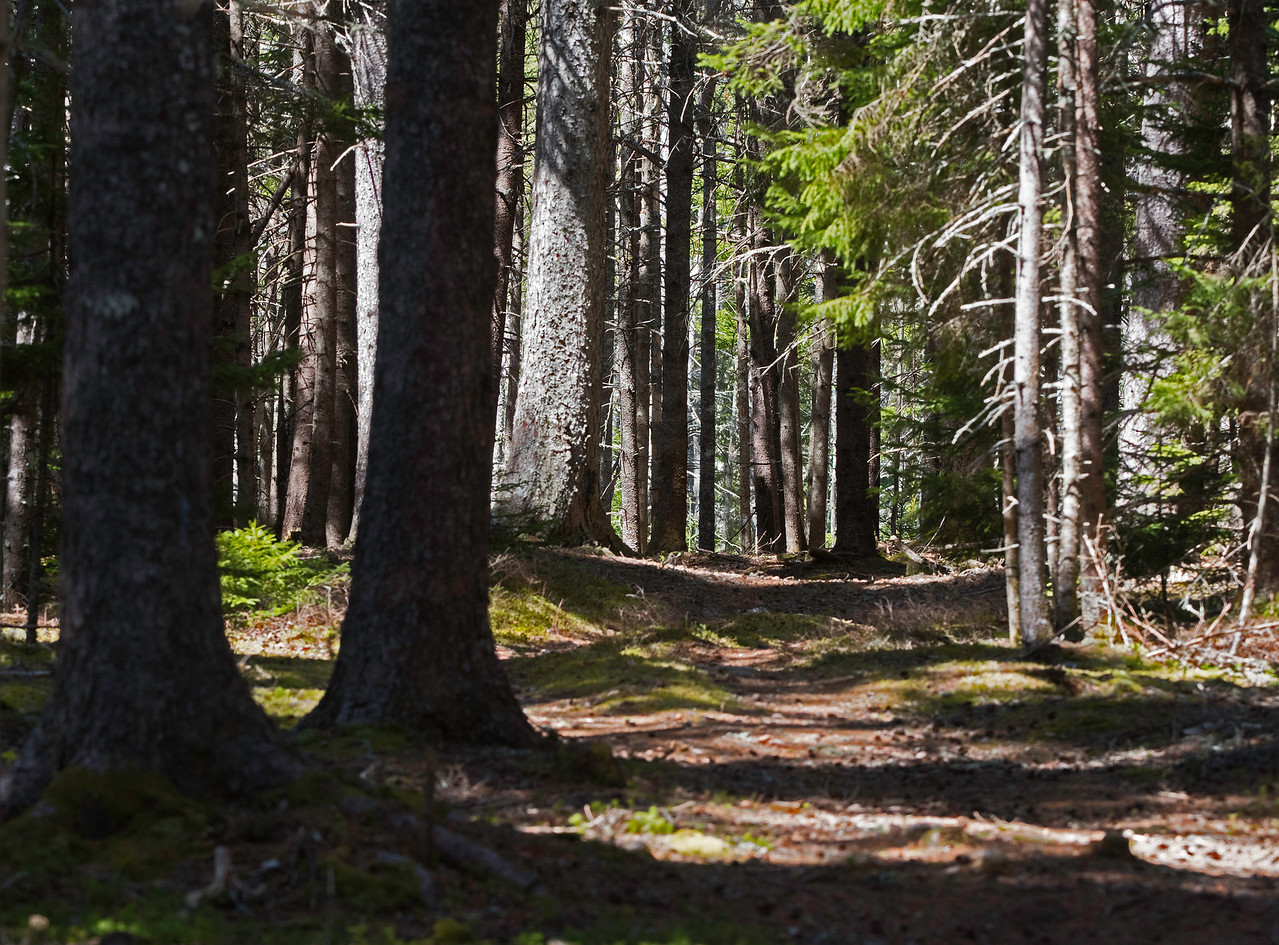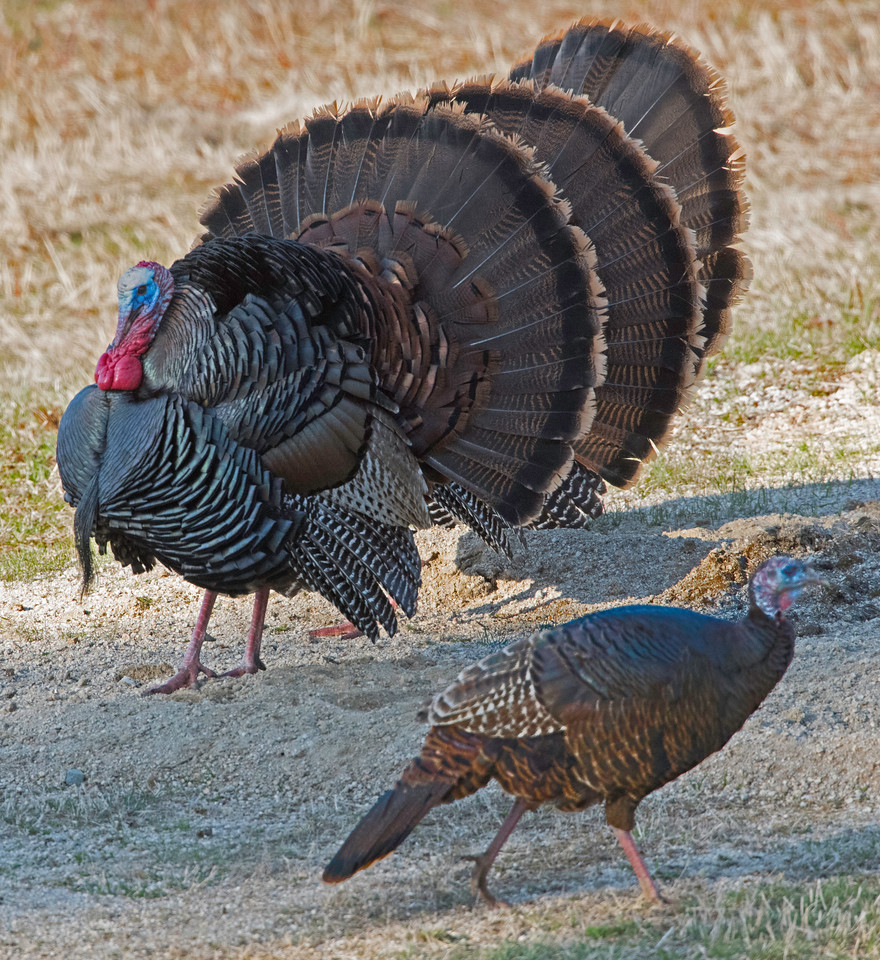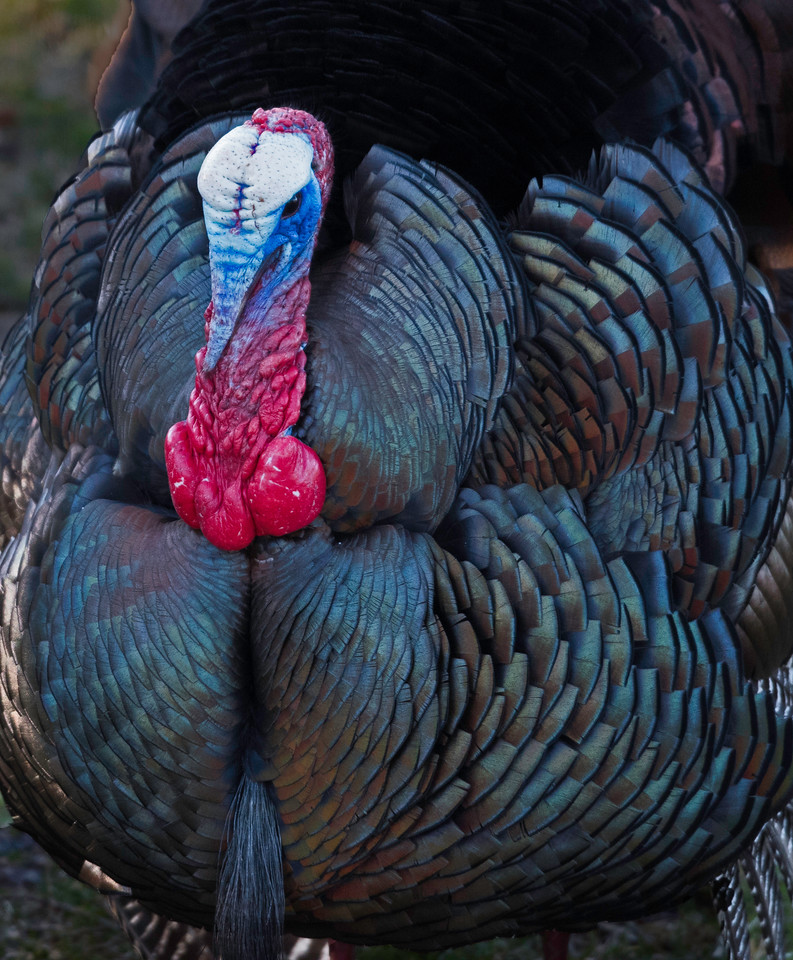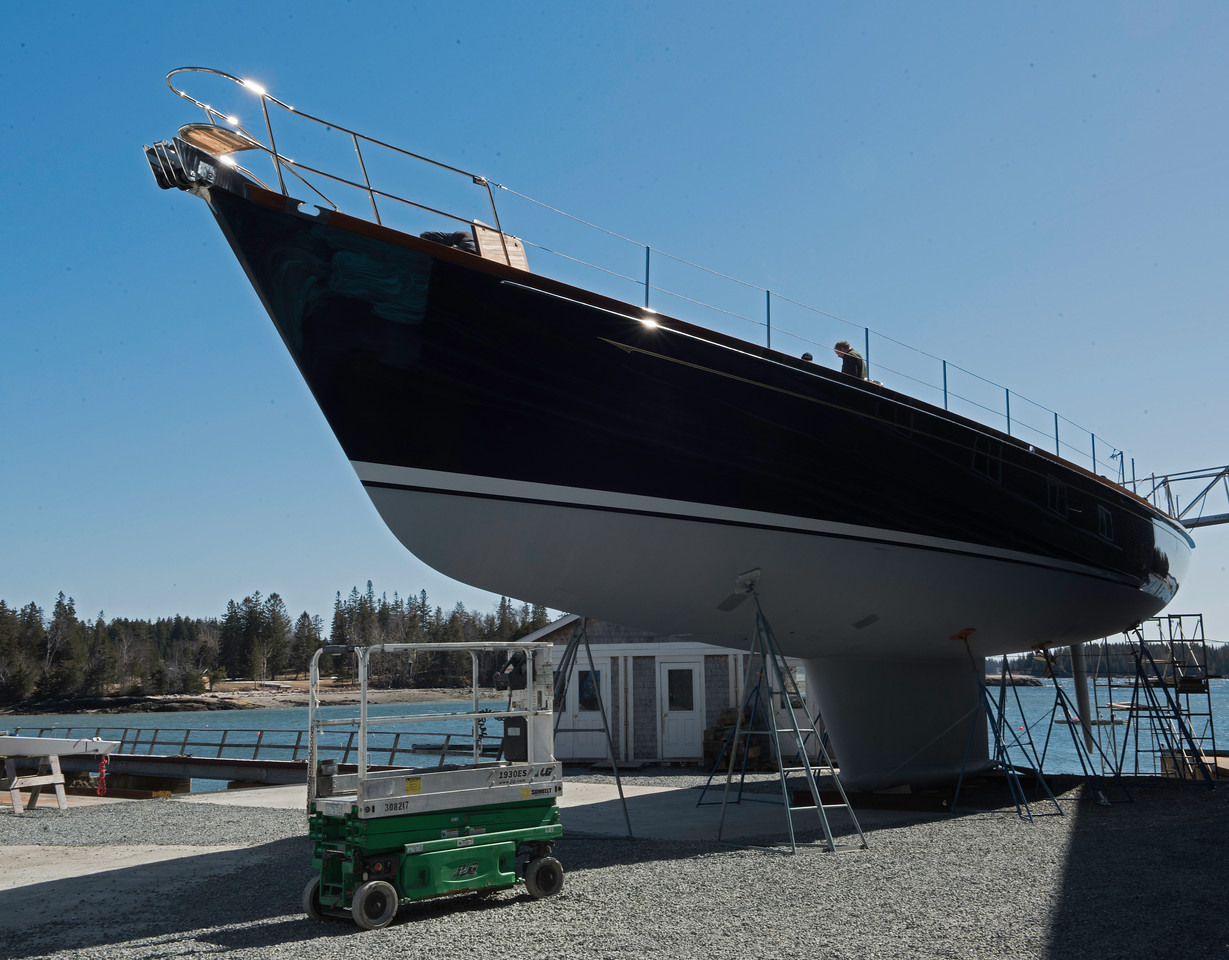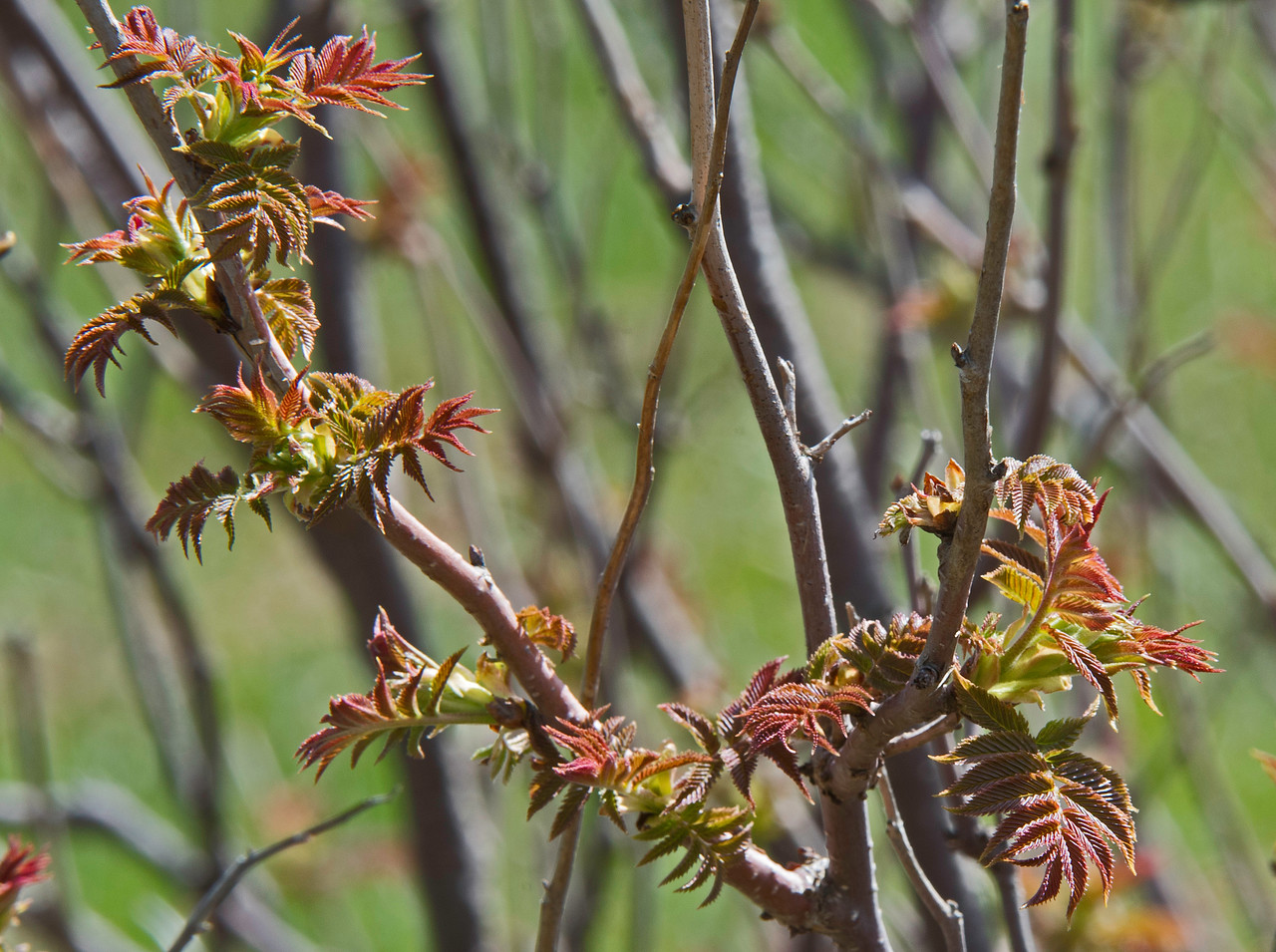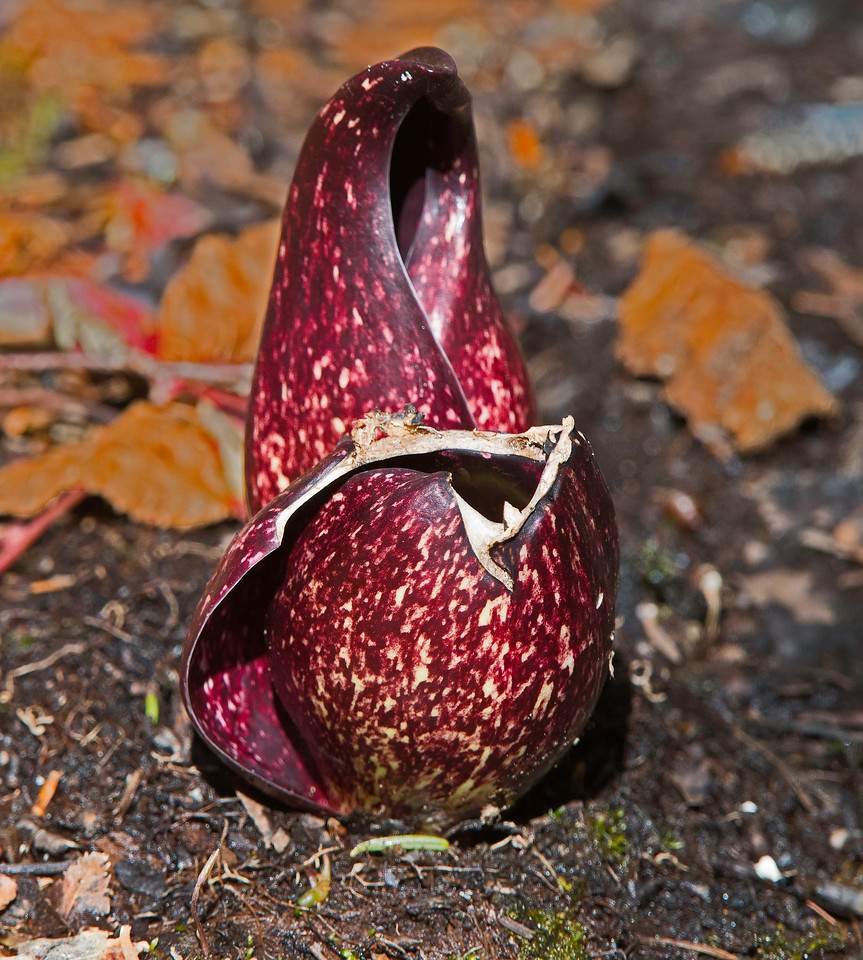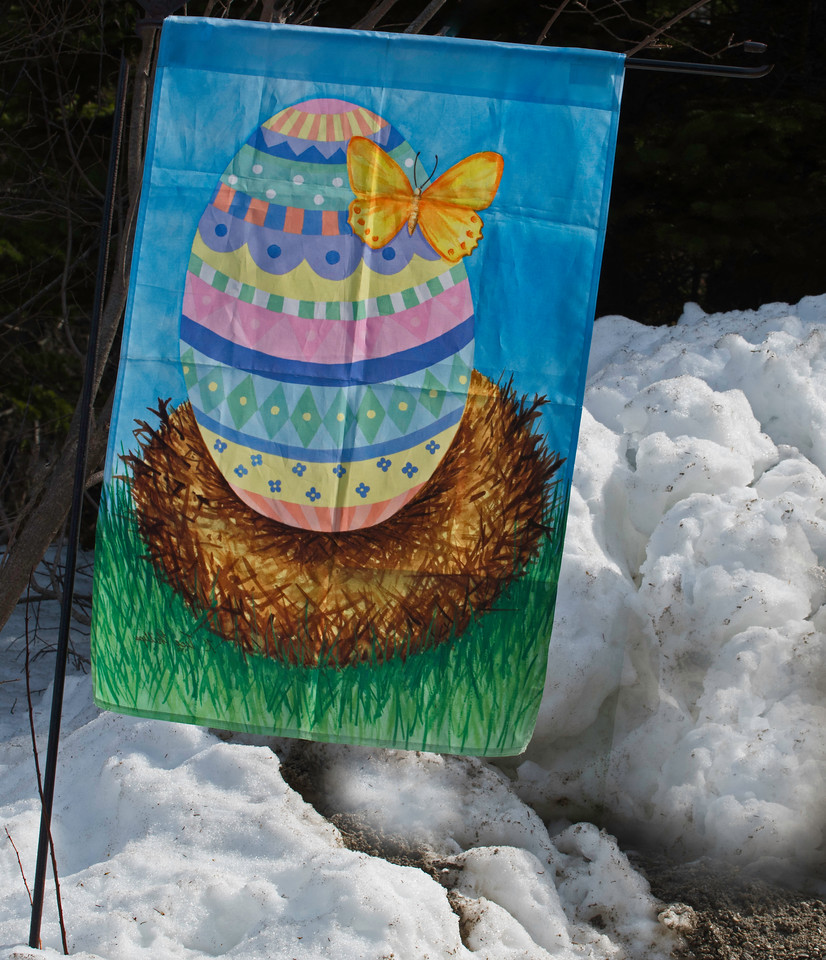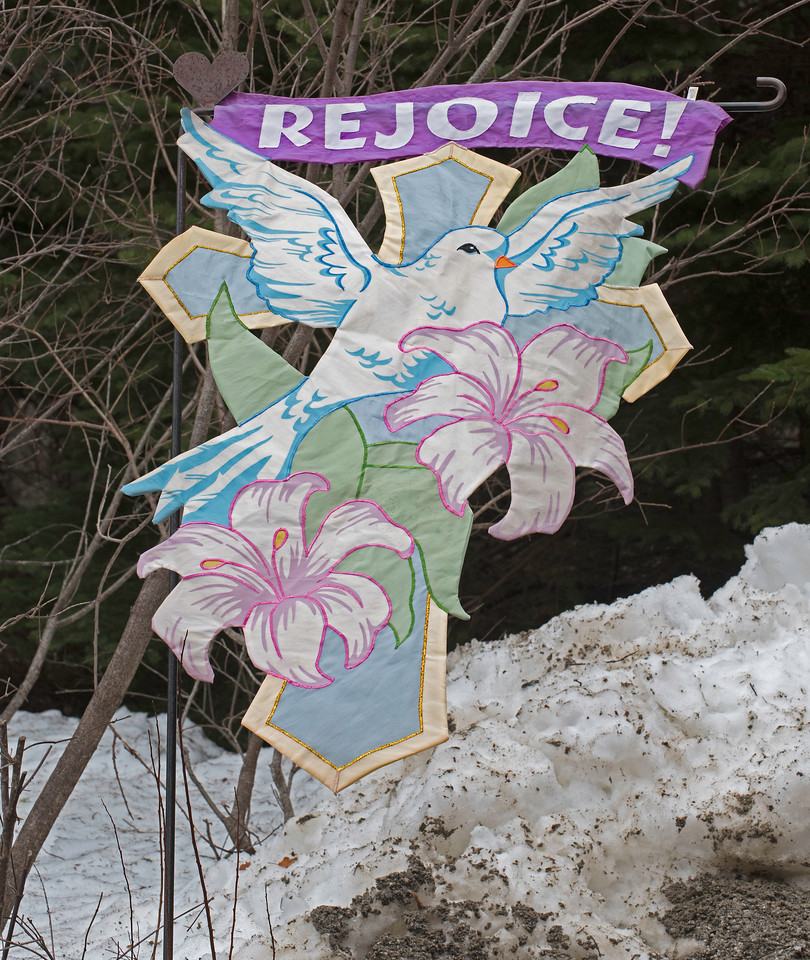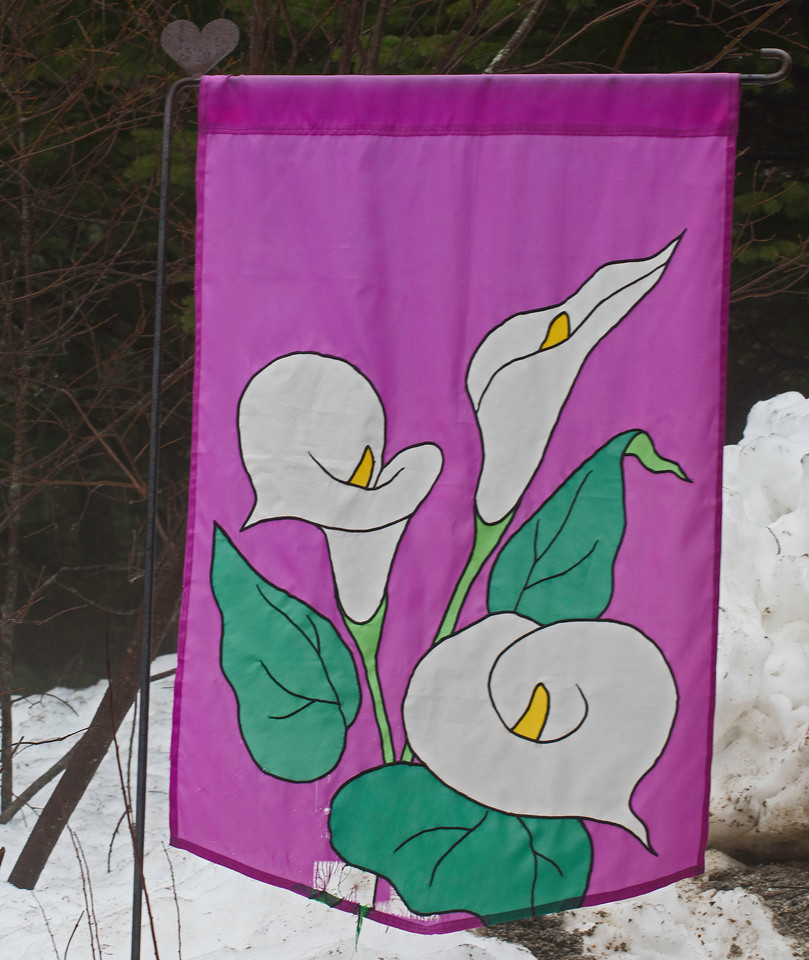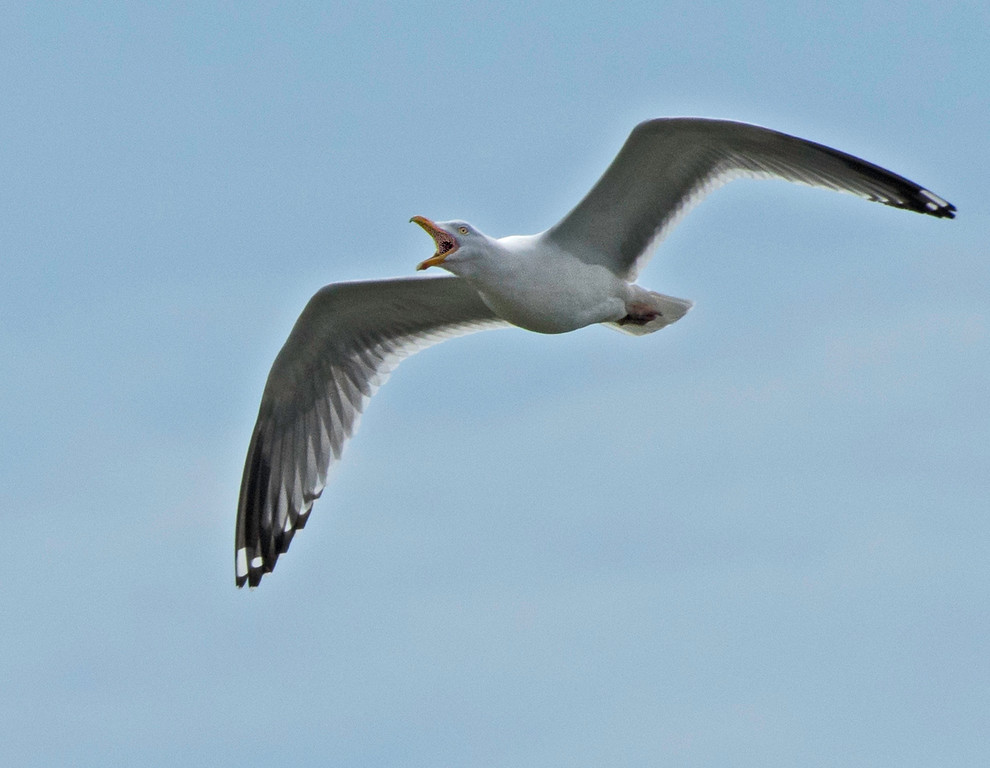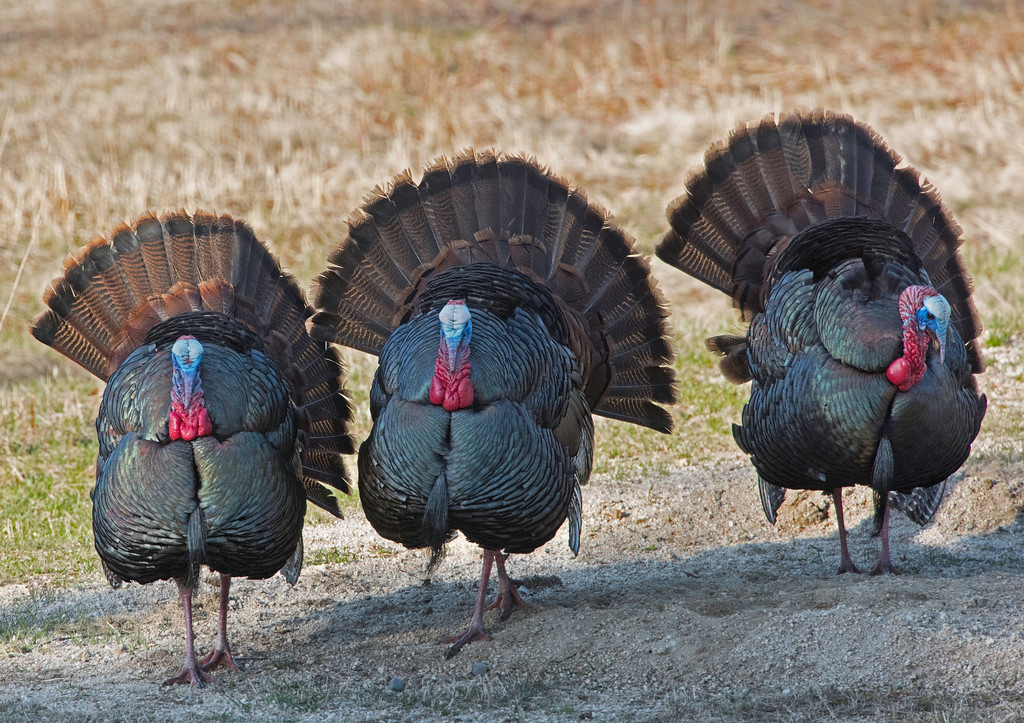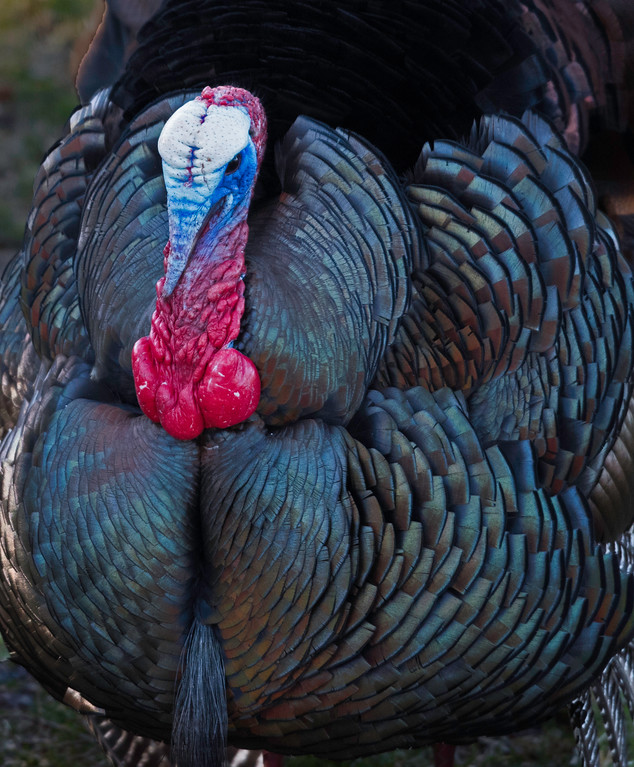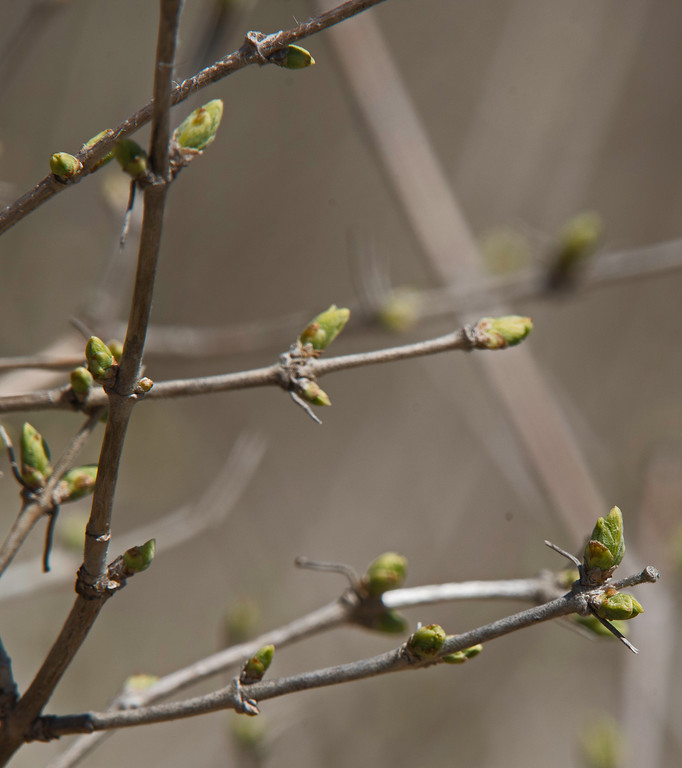It seems probable that this recent visitor’s bad traits outweigh any good ones it might have. This is a spiny pig, according to the Latin origin of its name (“porcus” [pig] “spina” [spine]).
Porcupines like to eat wood, especially growing bark and stems in tree tops, and they kill trees in that process. When threatened, Porcupines attack with an amazingly fast swat of a tail that contains thousands of loosely fitted barbed quills. (They don’t “throw” quills.) The result of the attack can be misery for a dog, cow, horse, or (rarely) human.
We’ve not aware of any recognized benefit derived from this rodent, other than as a food. However, there is the recognized view that we should not destroy any historic part of our complex natural forest system without being certain of the effect on the whole system. Perhaps the practical answer is in numbers. Maine’s hunting regulations take the view that these rodents are numerous and those who want to kill them may do so any time and in any number. (Brooklin, Maine)





